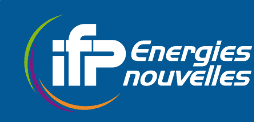Hydrogen Development in Europe : Estimating Material Consumption in Net Zero Emissions Scenarios
Résumé
Low-carbon hydrogen has already been announced by many countries as one of their priorities for achieving carbon neutrality by 2050. In Europe, particularly, a political momentum for hydrogen use has strengthened in recent years. This potential for massive development of low-carbon hydrogen technologies in the coming decades raises questions about the world's future dependence on mineral resources and the associated environmental impacts. The aim of this article is to address this issue by assessing the raw materials consumption associated with hydrogen development in Europe up to 2050. The results are based on an analysis of the European hydrogen development pathways resulting from the H24EU project. They highlight the importance of platinum-group metals in electrolysers deployment. Annual iridium demand for PEM electrolysers installed in the European Union could cause major supply tensions since it could reach 164% of its current global production by 2050. Nickel, cobalt, and copper, already associated with high risks of bottlenecks in the energy transition, are not left out: the development of alkaline electrolysis could contribute to a substantial increase in demand for these strategic materials.
